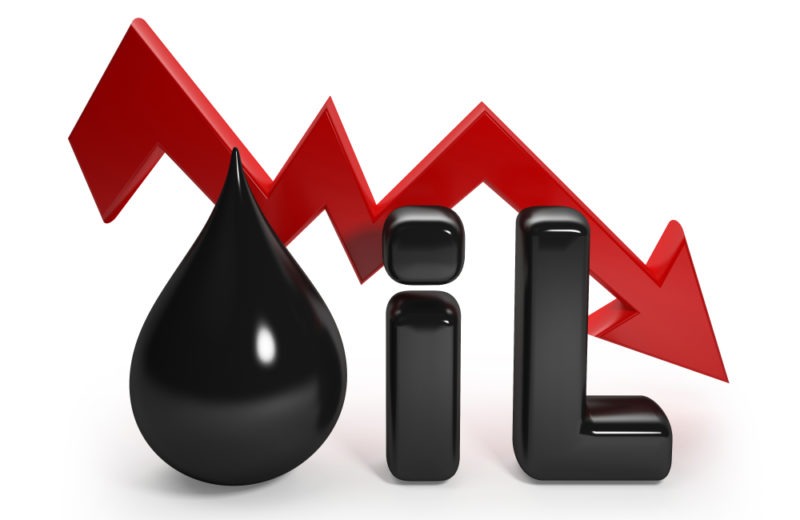Key Points:
- Brent and WTI oil prices saw a 0.8% daily and 3% weekly fall, with Brent at $86.62 and WTI at $81.59 per barrel.
- Despite the Iran-Israel conflict escalation, market reactions were muted, calming after initial shocks.
The oil market has seen notable price fluctuations in recent trading sessions, influenced by geopolitical and economic factors. Brent Oil Futures for June delivery experienced a decline of 0.8%, settling at $86.62 per barrel. This drop is part of a broader weekly trend that saw prices retract by 3%. Similarly, West Texas Intermediate Crude (WTI) mirrored this pattern, falling by 0.8% to $81.59 per barrel, with a weekly decrease matching that of Brent at 3%.
Iran-Israel Escalation: Muted Response in Oil Prices
The recent escalation in the Iran-Israel conflict, marked by a significant strike last Friday, momentarily pushed Brent Oil prices to a peak of $91 per barrel. Despite the conflict’s severity, the market reacted mildly, with initial gains largely evaporating by the trading day’s end. Additionally, Iran’s response has been notably restrained, with official sources indicating no immediate plans for retaliation, somewhat stabilising the market’s nervousness.
Middle East Tensions Versus US Economic Concerns
Apart from the Iran-Israel standoff, ongoing strikes in Gaza and attacks on US-led coalition bases in Syria have perpetuated concerns about potential supply disruptions. These geopolitical strains and higher-than-expected inflation rates in the US have stoked fears about rising interest rates, further complicating the market outlook. The escalated US inflation has exacerbated demand concerns, painting a complex picture for oil futures prices.
US Oil Market Adjusts to Inventory Surges
In the US, the oil market scenario is slightly different. An unexpected build in oil inventories and record-high production levels have helped alleviate some of the tightness in supply. Despite looming OPEC cuts tightening global supply, robust US production remains a critical counterbalance to these reductions. The market’s response to increased US output and OPEC’s strategy will shape future oil price trajectories.
Forecasting Oil Prices: Interplay of Politics and Economics
The interplay between geopolitical instability and economic signals will remain crucial as the oil market navigates through these turbulent times. Tensions in the Middle East were the biggest driver of oil prices in recent periods, showcasing the region’s impact. Consequently, this underscores the fragile balance that continues to dictate market dynamics. Investors and market analysts must monitor evolving narratives that could influence oil prices and broader economic indicators soon.















